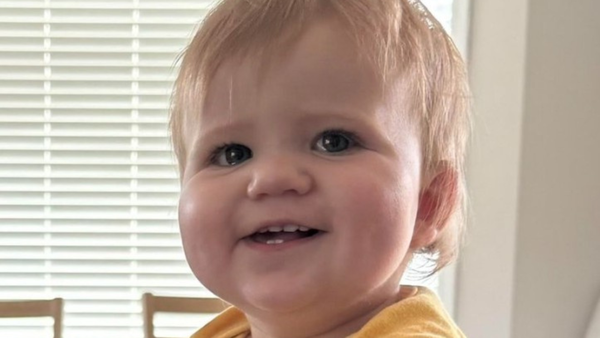Endangered northern bettongs are in a fight for survival after recent survey results from one of only two remaining populations of the marsupials in Australia revealed a grim picture.
An eight-night trapping survey in the Mount Lewis National Park in Far North Queensland in April caught only one animal.
Australian Wildlife Conservancy (AWC) ecologist Manuela Fischer said previous surveys of the marsupials' northernmost remaining habitat caught an average of three or four bettongs each evening.
"Having only one individual over eight trap nights is quite devastating," Dr Fischer said.
The results from 96 camera traps deployed in a grid pattern across the national park further confirmed the population was crashing.
"We only had 26 detections as opposed to last November when we had 52," she said.
"It's not only the numbers of individuals that's declining, but also the range of where they're moving."
In November last year, it was estimated fewer than 50 animals made up the Mount Lewis northern bettong population.
The results from this year's survey were so scant that an estimate could not be made.
In a statement, a spokesperson for Queensland's Department of Environment and Science said Queensland Parks and Wildlife Service (QPWS) was helping preserve northern bettong at Mount Lewis.
"QPWS is working with neighbours to control feral pigs and cattle," the spokesperson said.
"The department's Daintree Management Unit has been working tirelessly to eradicate or control weeds such as lantana, grader, guinea grass and snake weed."
Feral-free fence to be built
Of the estimated 1,000 northern bettongs remaining in the wild, most, excluding those at Mount Lewis, lived in the Lamb Range west of Cairns.
The AWC hoped that population would be enough to save the species.
It was building a 950-hectare sanctuary for the marsupials in an area they once inhabited in the Coane Range, north of Townsville.
AWC's Mount Zero-Taravale sanctuary manager Josh McAllister said, after three years of planning, construction had finally begun on a 13-kilometre feral predator-proof fence at the site.
He said once the fence was complete the AWC team would start eradicating feral animals inside the enclosure.
"The two main ones we're targeting in there are feral cats and pigs," he said.
"Once we get to the stage where we think that we've achieved the eradication then we'll have a three-month window of monitoring and if we have no sign of ferals in those three months we'll declare it feral free."
The AWC hoped to bring between 50 and 60 mature bettongs from the Lamb Range population to the sanctuary to start rebuilding their numbers.
"A female bettong can breed up to three times per year, producing three young per female," Dr Fischer said.
"In a couple of years, we might reach our goal of 500 individuals within the fenced area."
Returning bettong to the wild
Keeping all bettongs' natural predators out of the sanctuary was not feasible but the fence had several features designed to keep feral animals from going over or under it.
"It has a floppy top design as well as a couple of electric wires three-quarters of the way up the fence," Mr McAllister said.
He said the bottom of the fence was protected by a skirt of mesh netting on either side.
"Any animal that does try and dig under the fence will go down and hit that netting on the bottom," he said.
"[At other sanctuaries] we see foxes coming along, digging at the fence, and they just keep moving along the fence hitting the wire but not getting under it."
Should everything go well at the Mount Zero-Taravale sanctuary the AWC hoped it could return northern bettongs to other wild locations.
"It's certainly been in discussion and it's definitely on the cards," Dr Fischer said.
She said discussions about using bettongs from Mount Zero-Taravale as well as other wild and captive animals to boost numbers at Mount Lewis were also underway.
"Because their numbers there are so low, they are actually suffering from genetic inbreeding," Dr Fischer said.
"If we were to put new animals in with new genes it may help the population to recover in the future."







